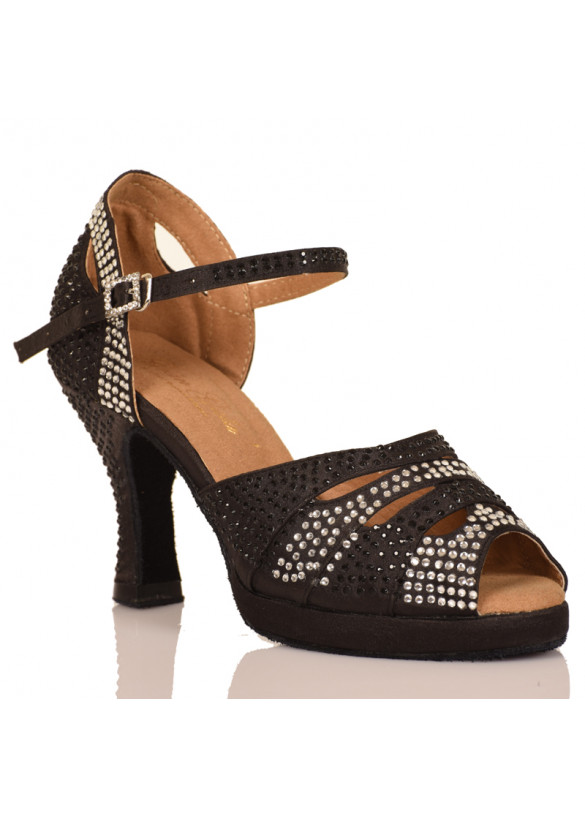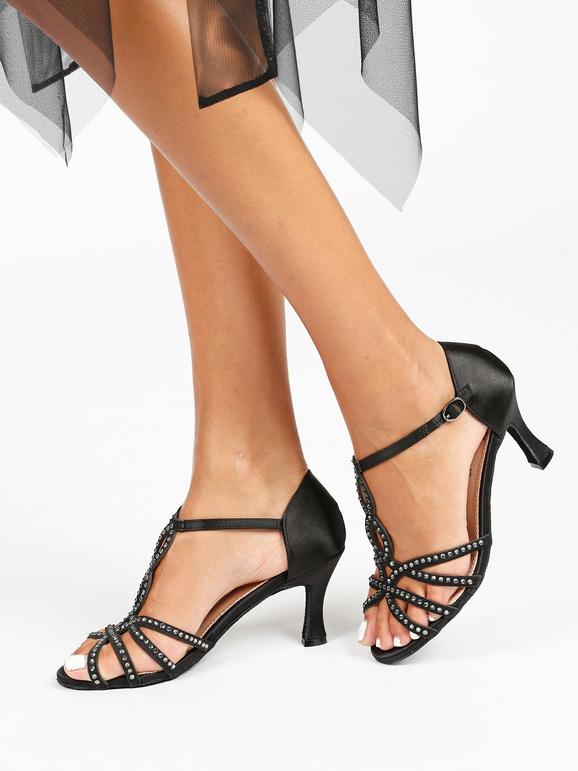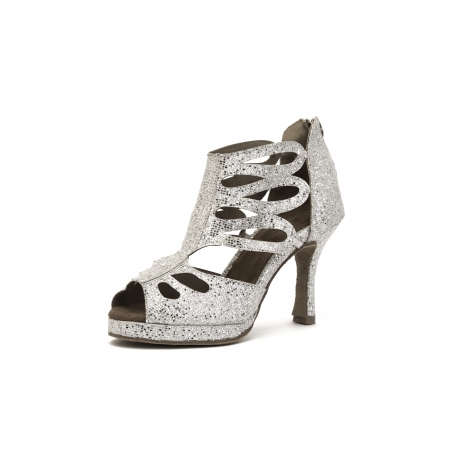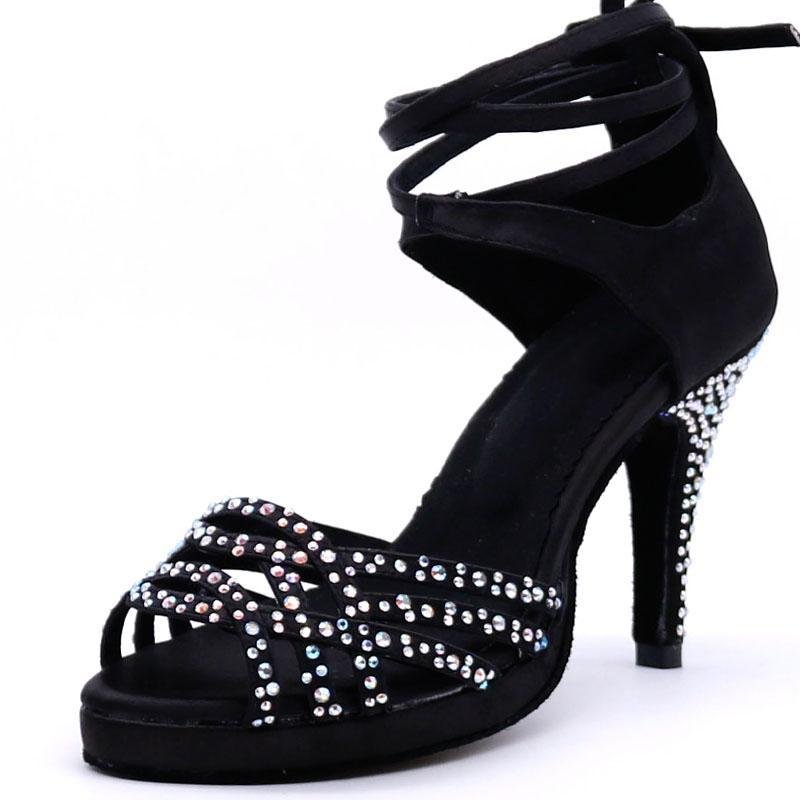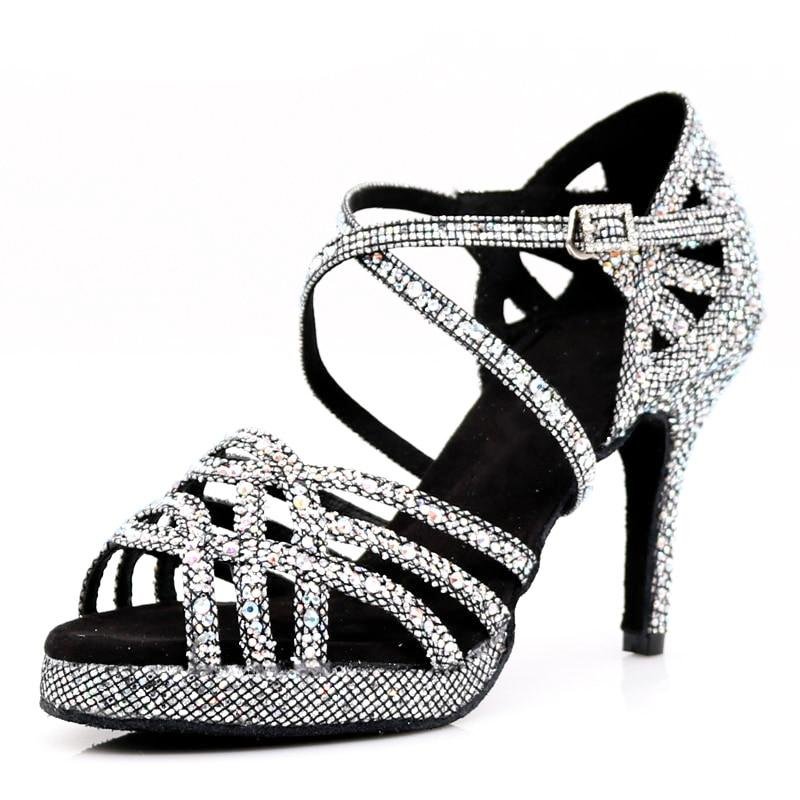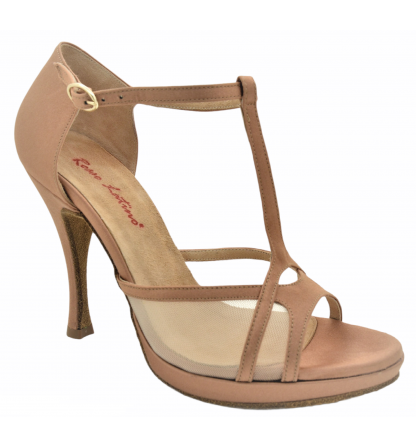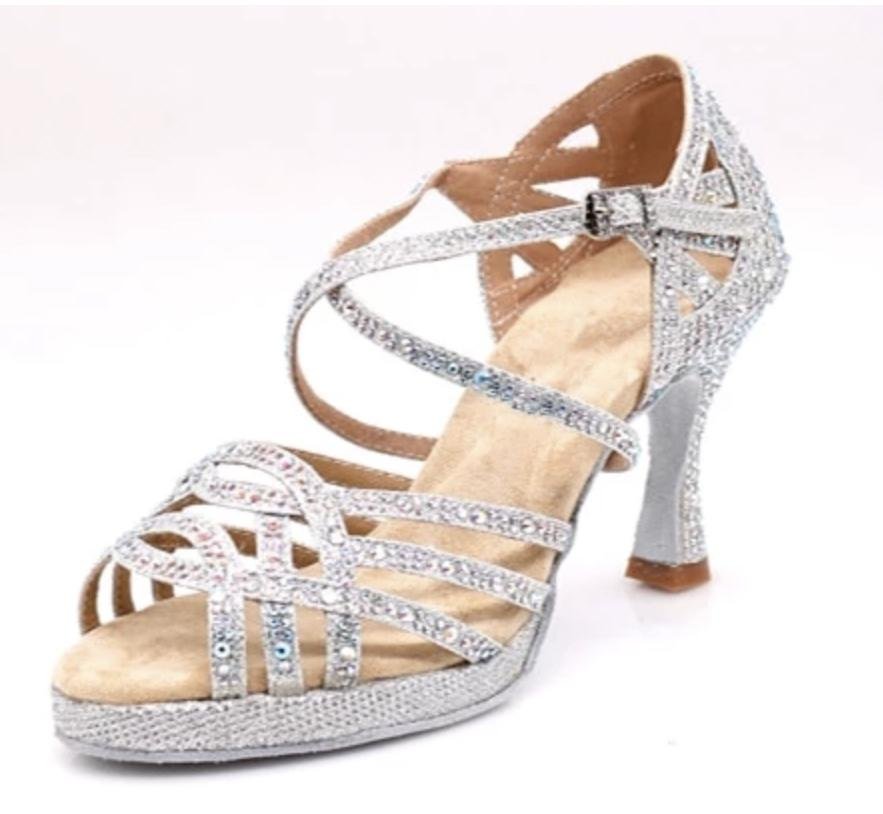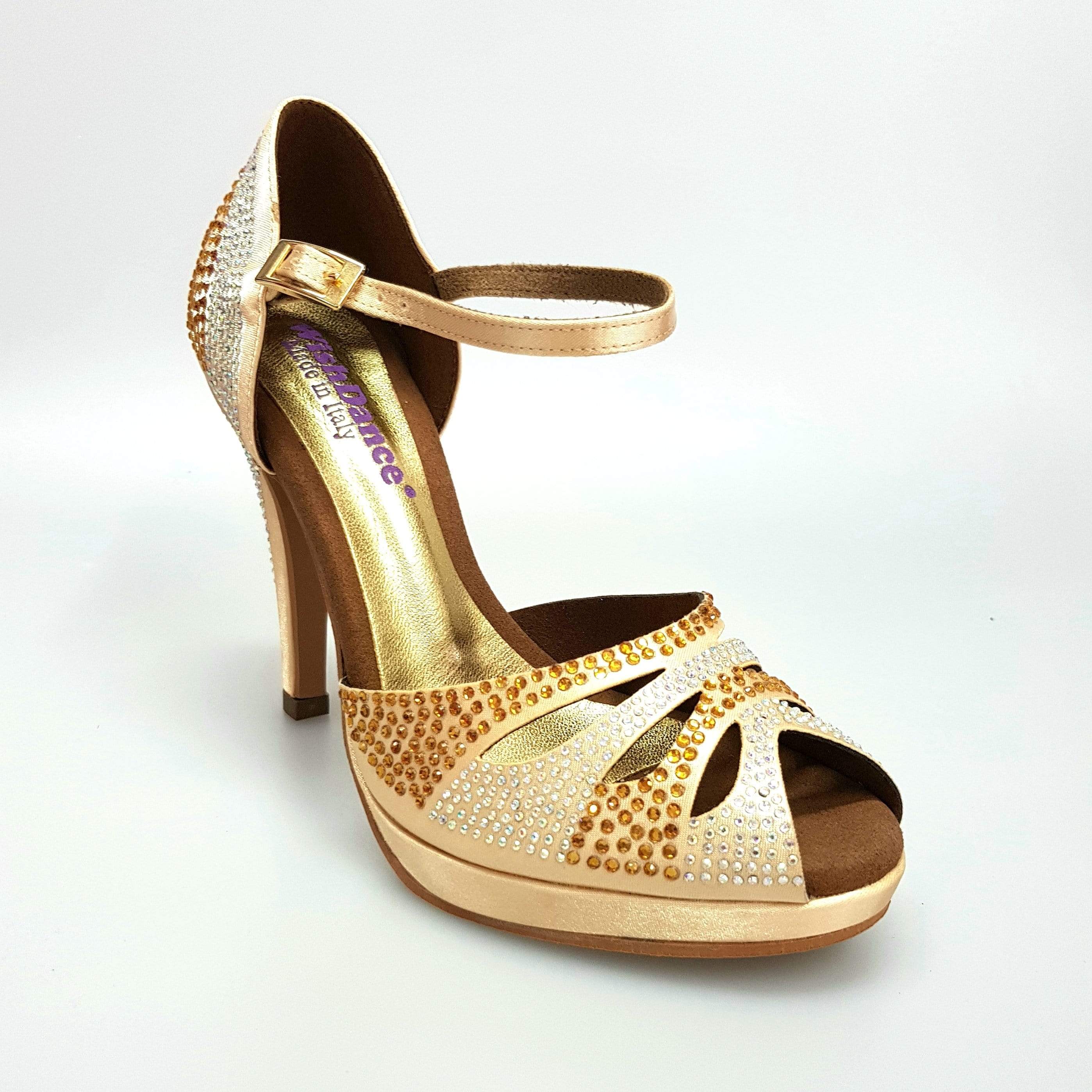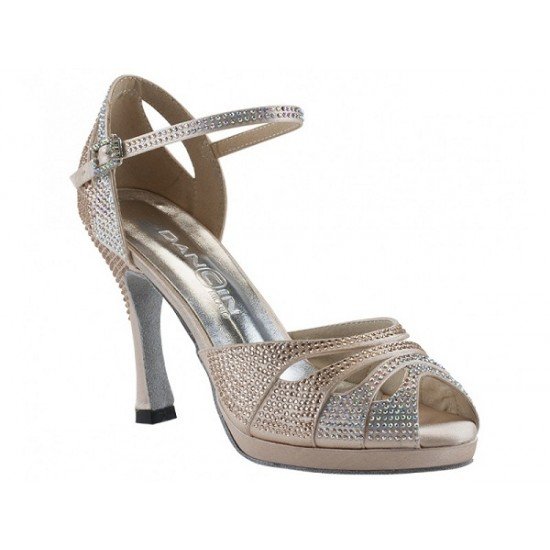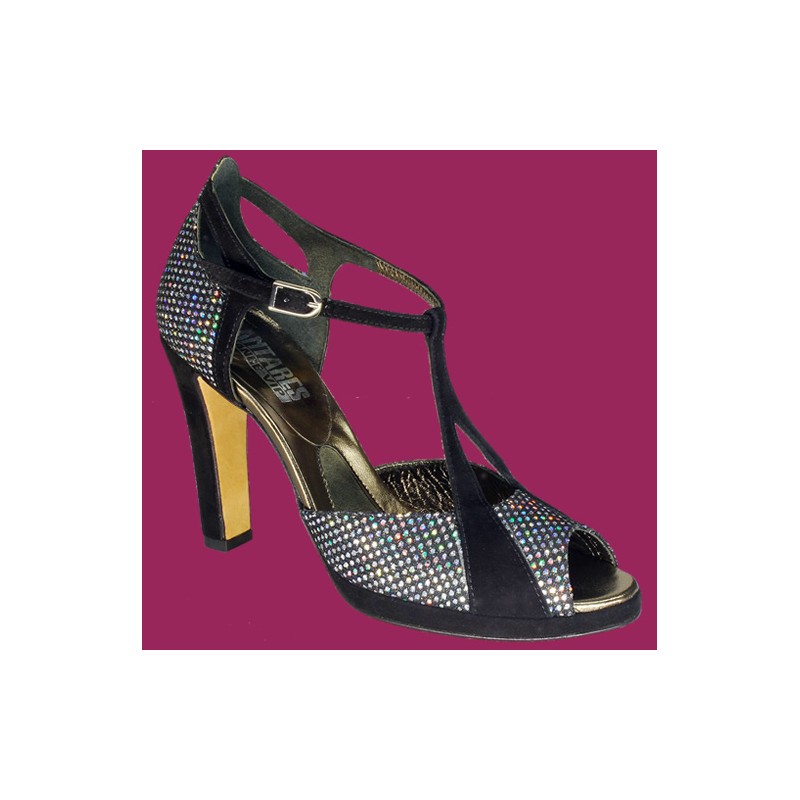
Scarpe da ballo Colore Nero/argento Dimensione n° 33 Altezza Tacco cm 10 Plateau cm 1,5 Suola Cuoio scamosciato

Scarpe da ballo latino da donna con plateau scarpe da ballo Salsa Bachata per donna scarpe da ballo con tacco alto scarpe da ballo per ragazze - AliExpress

Ladingwu scarpe da ballo latino con scarpe con plateau scarpe da ballo da ballo ragazze strass nero 10cm scarpe da ballo con Salsa con tacchi

